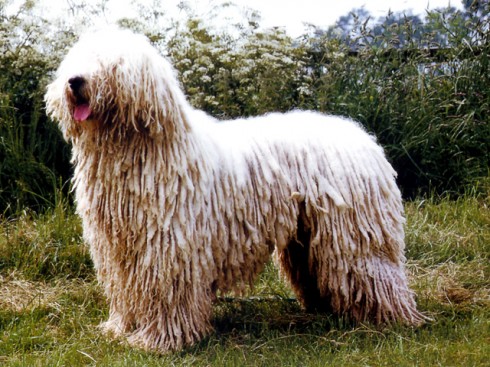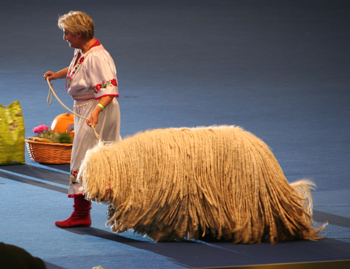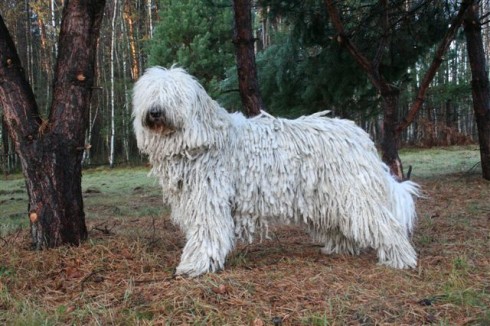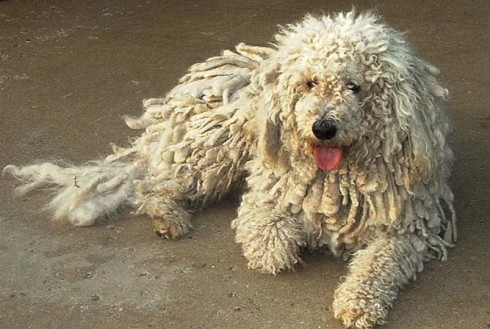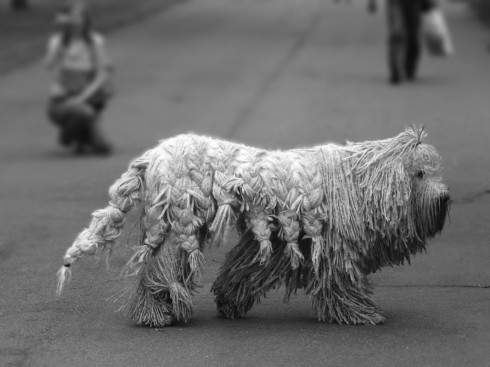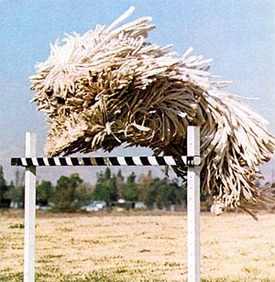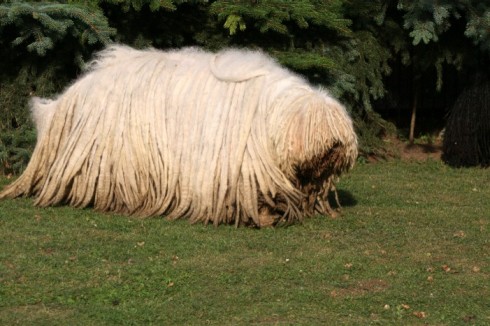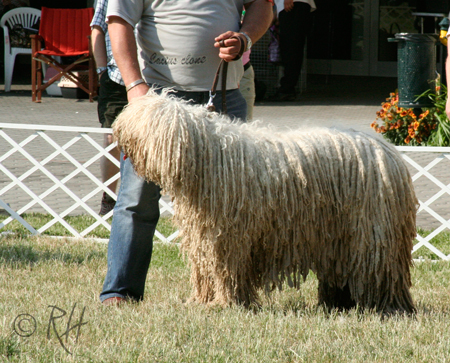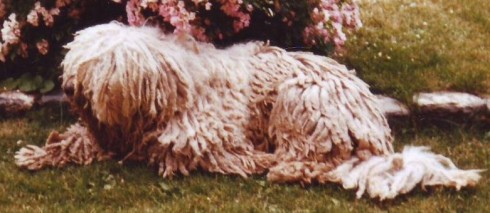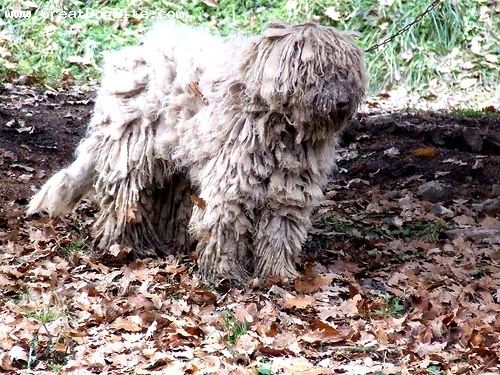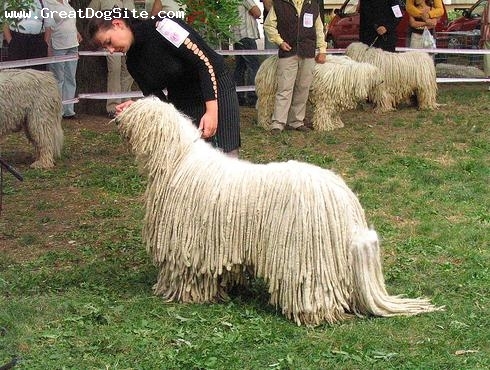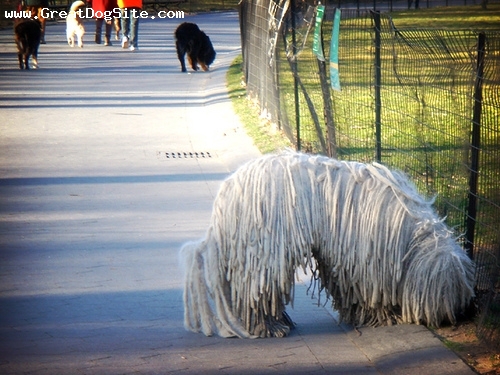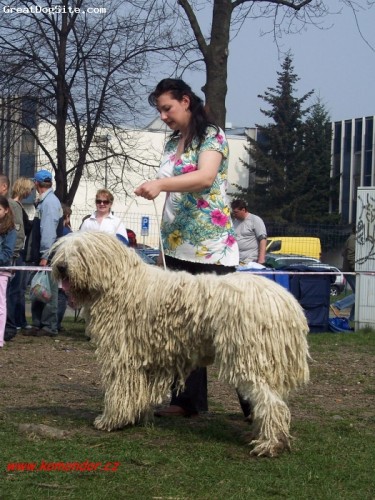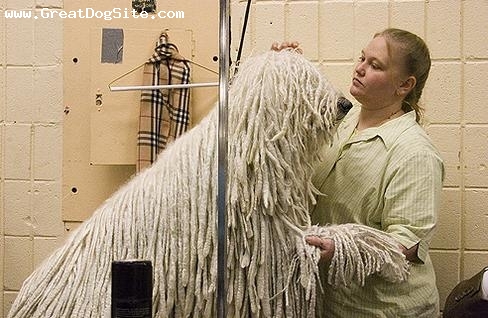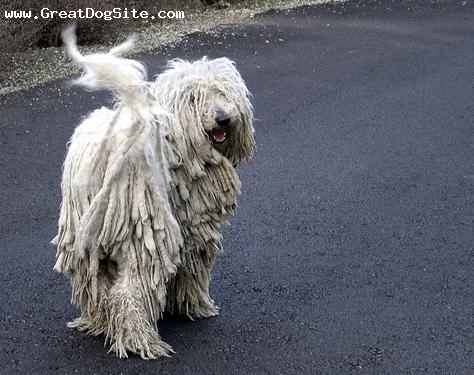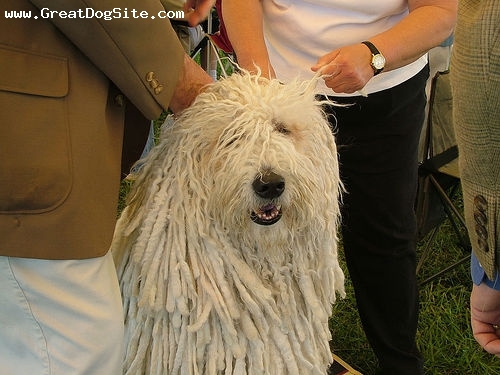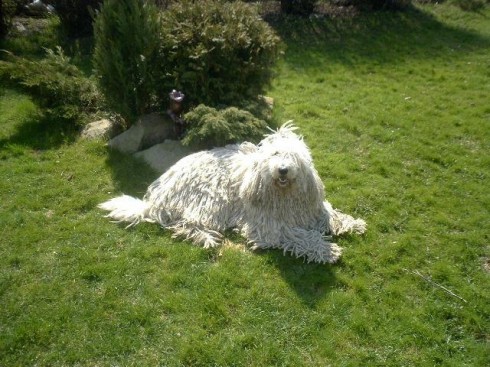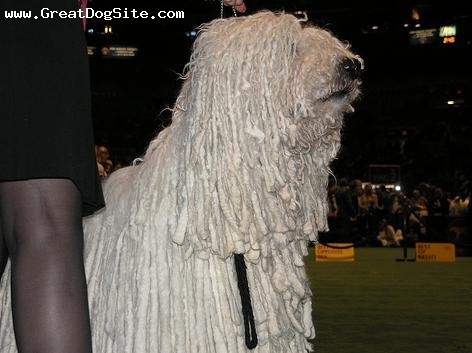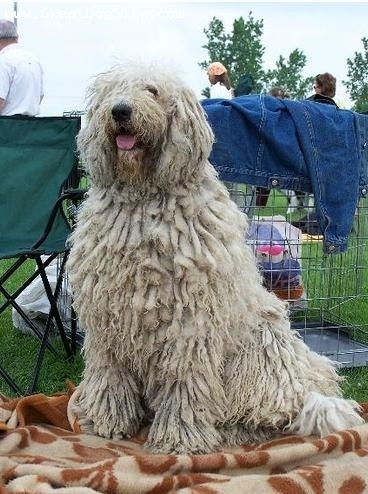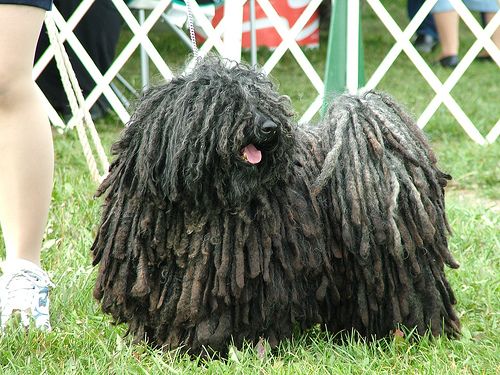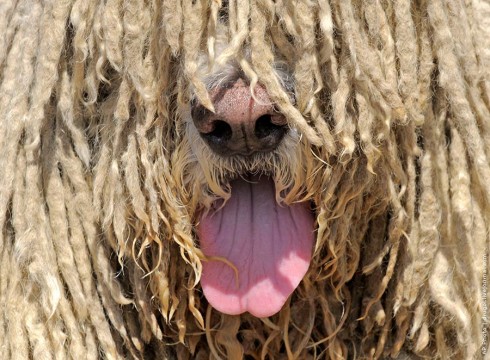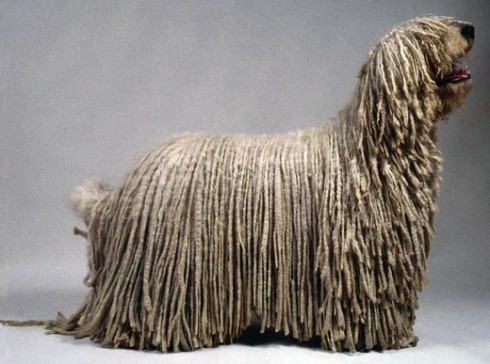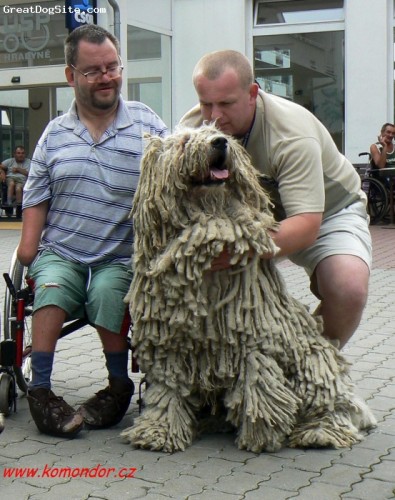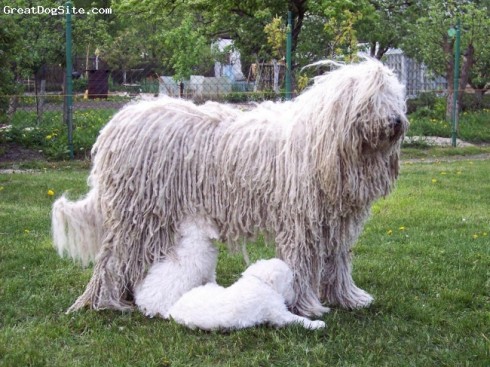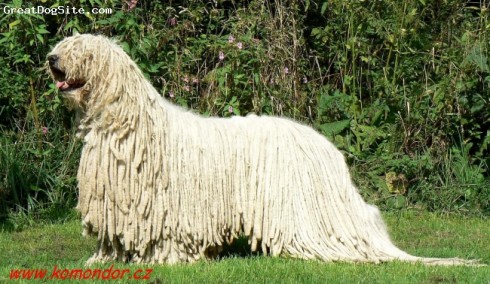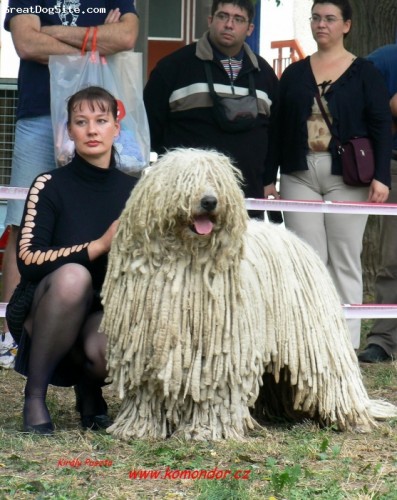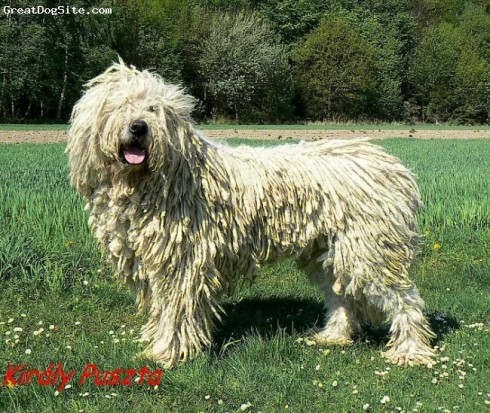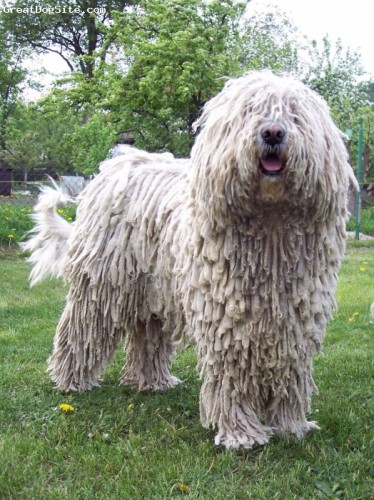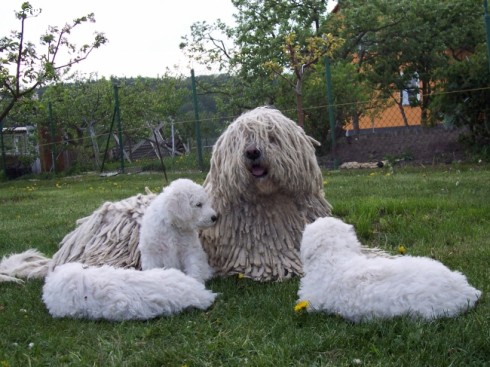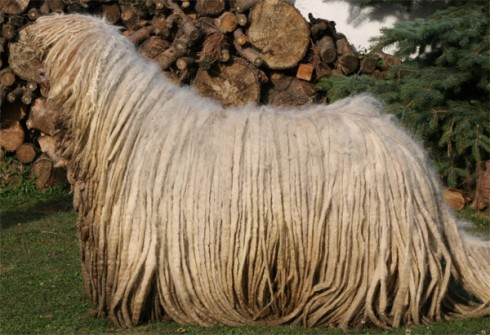Main Index
In Store
Our Web Store
Miniature Schnauzer Picture Gallery
Latest Dog Blogs
- What Are The Basic Commands To Train A Dog?
- PaySafe As The Most Popular Type Of Deposit
- Everything You Need To Know About Pet Sales
- Dogs Contribute To Our Physical And Mental Well Being
- How To Choose Where To Bet On Greyhounds In 2022
- Volunteer With Animals - How To Help Dogs Around The World
- Basic Understanding Of The House Edge
- Why You Should Get A Dog
- Top 20 Popular Dog Names Around The World
- Constipation in Dogs and How to Find Solutions
Komondor
The Komondor is a serious dog who loves the outdoors. He can think for himself, since his ancestors usually protected sheep with no people nearby. These qualities mean he does best in a family that knows how to handle a bold dog who needs plenty of room to run.
Did you know?
Descended from Tibetan dogs, the Komondor was brought to Hungary a thousand years ago by nomadic Magyars.
This heavily coated dog is an almost direct descendant of the Aftscharka, which the Huns found on the southern steppes when they passed through Russia. Many of today's Komondorok (plural) bear striking resemblance to the massive, long-legged Russian herdsman's dog, but the breed generally has become more compact.
So you want to own a Komondor?
The Komondor's coat is cord-like and requires a lot of work to maintain.
This independent smart dog needs obedience training starting as early as eight weeks old.
Indicative Breed Standard
General Appearance
Large, cord-coated muscular dog, of great strength, with plenty of bone and substance. Powerful conformation.
Characteristics
Excellent guard, wary of strangers, noted for imposing strength and courageous manner.
Temperament
Faithful and devoted. This strong, sharp guard dog must be treated with respect.
Head and Skull
Head somewhat short in comparison with width. Skull slightly arched viewed from side. Stop moderate; muzzle slightly shorter than length of skull. Broad, rather coarse muzzle, not pointed. Nostrils wide. Nose black, though dark grey or dark brown nose acceptable but undesirable.
Eyes
Medium-sized, not too deeply set, darker the better; rims dark grey or black, closely fitting.
Ears
Medium-sized, hanging U-shaped. Erect or partially erect ears incorrect.
Mouth
Powerful jaws, strong teeth, Scissor bite ideal, i.e. upper teeth closely overlapping lower teeth and set square to the jaws, (pincer bite tolerated but undesirable). Lips tight fitting and black. Ideally gums and roof of mouth black or dark grey.
Neck
Strong, medium length, moderately arched, no dewlap.
Forequarters
Straight, well boned, muscular, forelegs vertical, viewed from front and side; well laid tight shoulders.
Body
Broad, deep muscular chest, back level. Rump broad, slightly sloping towards root of tail. Body slightly longer than height at withers. Belly tucked up.
Hindquarters
Strong bone, very muscular. Viewed from rear, legs fairly wide apart, parallel, well angulated. Dewclaws should be removed.
Feet
Large, strong and compact, well arched toes. Nails strong, grey or black; toes slightly longer on hindfeet. Pads firm, elastic and dark.
Tail
Continuation of rump line; reaching to hock, slightly curved at tip; when excited, raised in line with body.
Gait/Movement
Light and easy, moving with very long stride.
Coat
Long coarse outer coat, which may be wavy or curly, with softer undercoat. Hair tends to cling together like tassels, giving a corded appearance. Cords of
an adult strong and heavy, and felt-like to touch. If neglected, forms into large, matted ‘plates’. Coat longest on rump, loins and tail, of medium length
on back, shoulders and chest, shorter on cheeks, around eyes, mouth and lower parts of legs. Coat is fairly slow in cording and may not be fully formed before two years of age. Puppy coat should be soft and fluffy, adult coat usually starts appearing 6-9 months of age. Presented corded.
Colour
Always white. Ideally skin grey but pink skin acceptable.
Size
Height: dogs: average 80 cms (311/2 ins), minimum 65 cms (25 ins); bitches: average 70 cms (271/2 ins), minimum 60 cms (231/2 ins). No maximum height, but it should be taken into consideration with overall appearance. Weight: dogs: 50-61 kgs (110-135 lbs); bitches: 36-50 kgs (80-110 lbs).
About Our Article Directory
- Article
- 27 November 2010
- 2 comments
Canis lupus familiaris
- Breed Article
- 29 May 2010
- No comments
Quick Search
Donate
Latest Dog Pods
- Tips on How to Stop Your Dog from Biting
- Beware - Not All Advertised Dog Rescues Really Are! How Can You Know The Truth?
- Helpful Tips For Dog Obedience Problems
- How to Keep Dogs From Eating Poop
- Dog Grooming Tips - A General Overview of the Very Basics of Dog Grooming
- Recognising Different Types of Dog Obedience Problems
- 5 Important Tips On Feeding A Puppy


